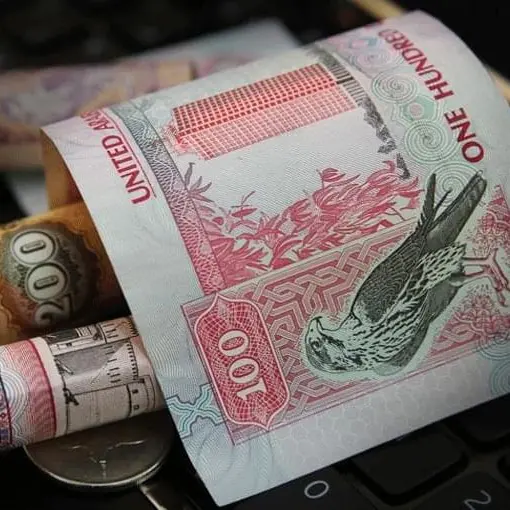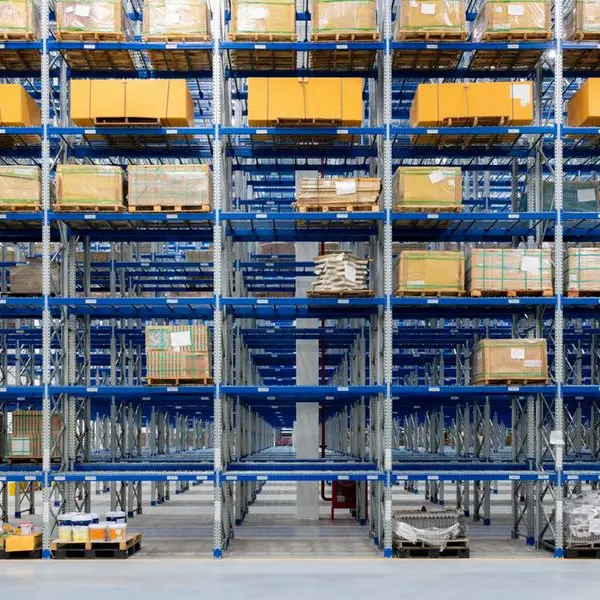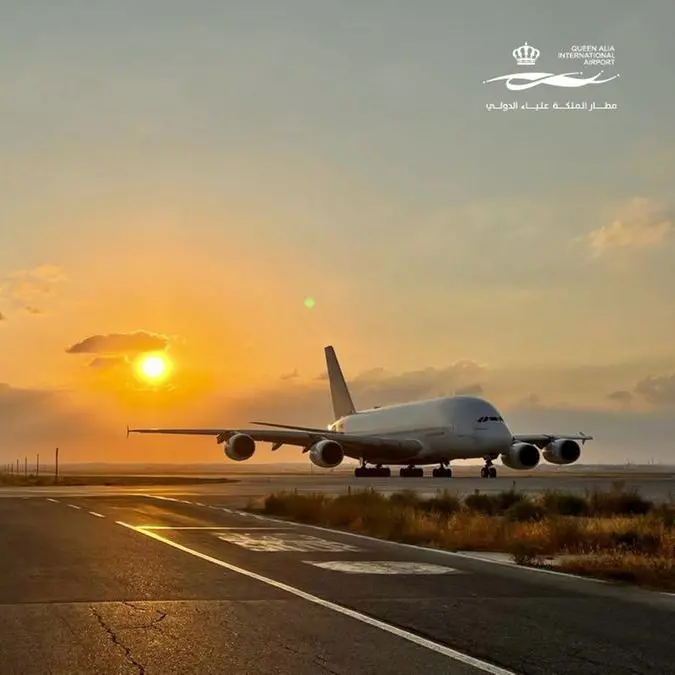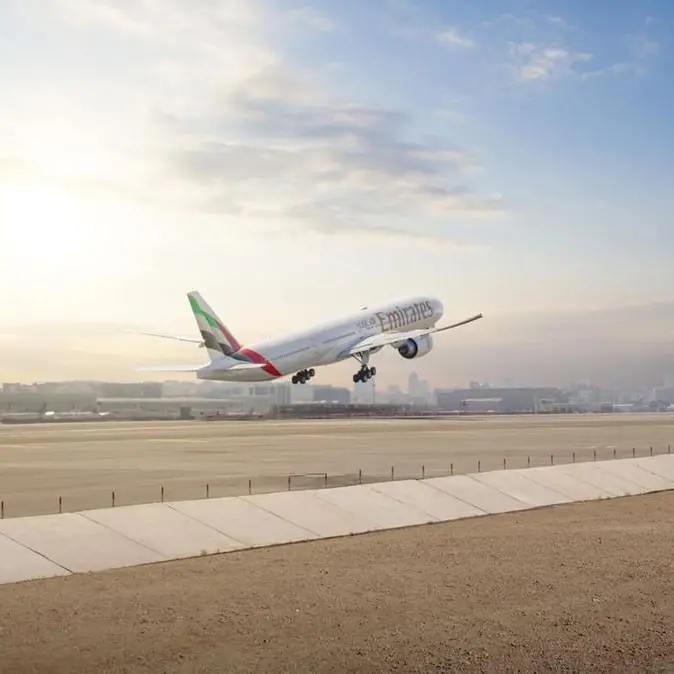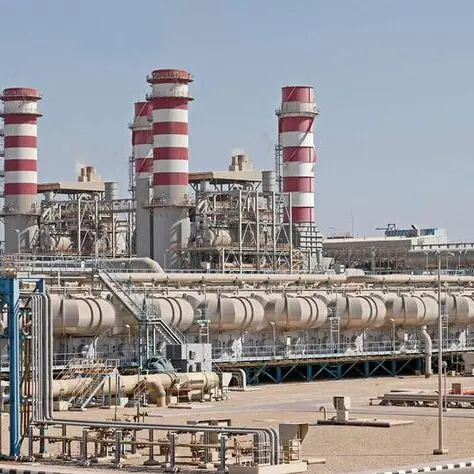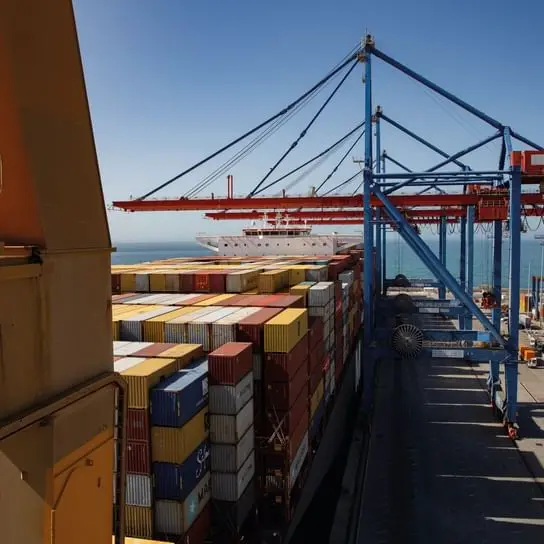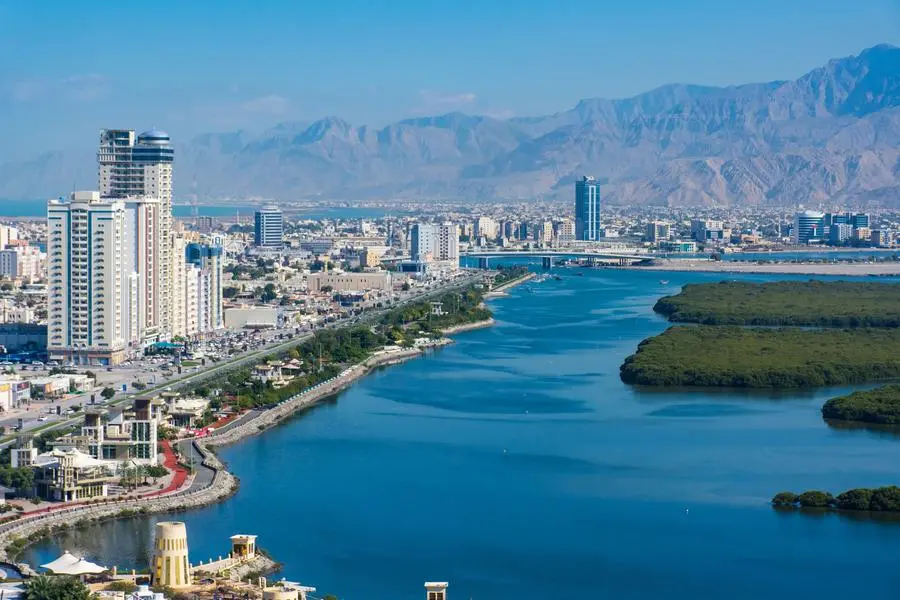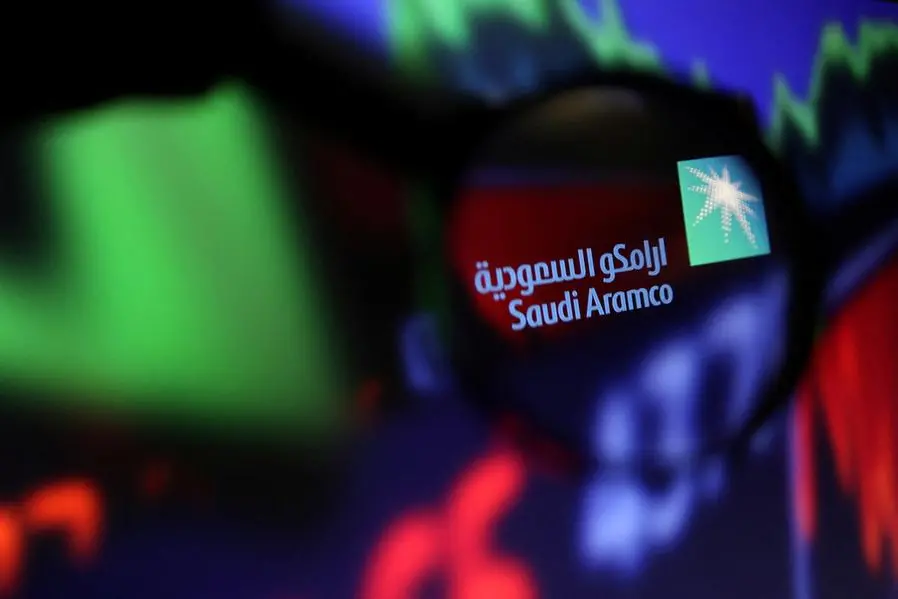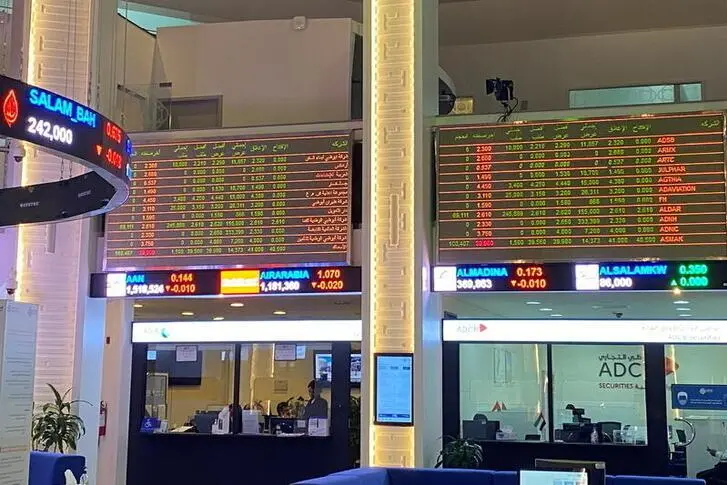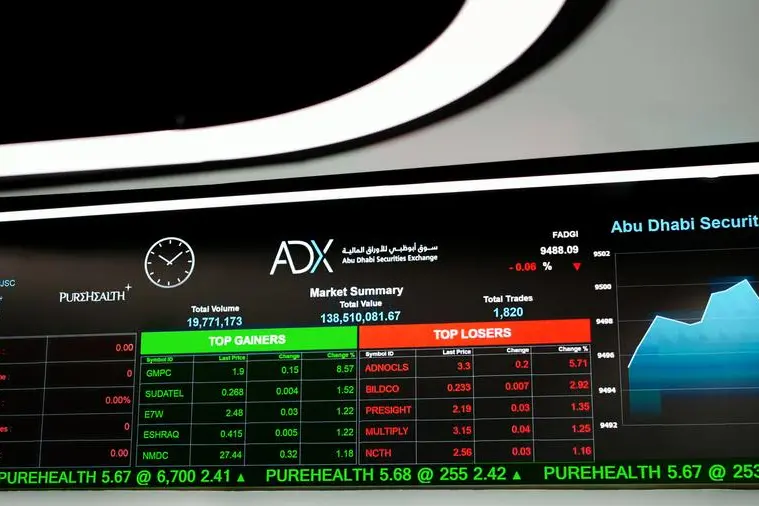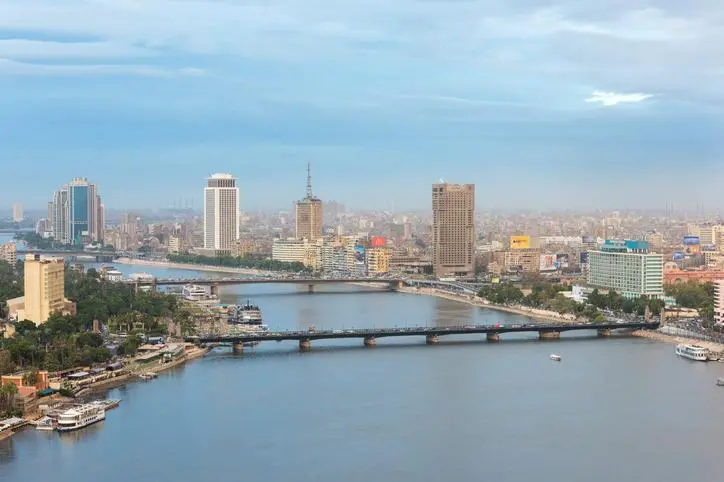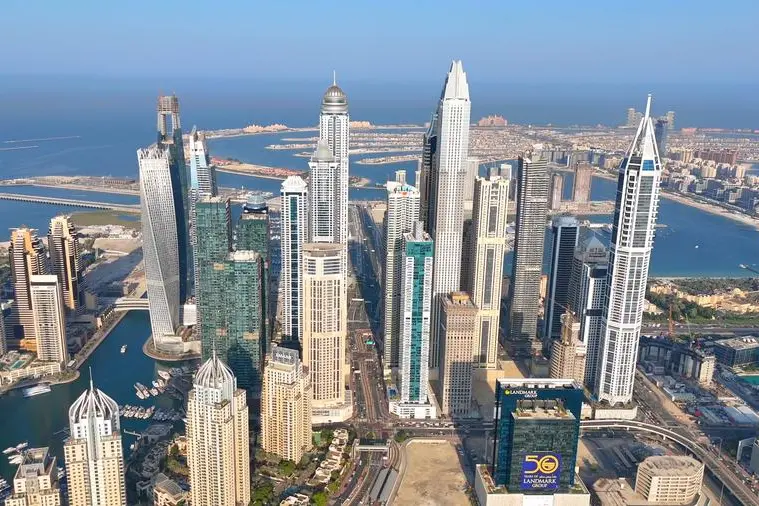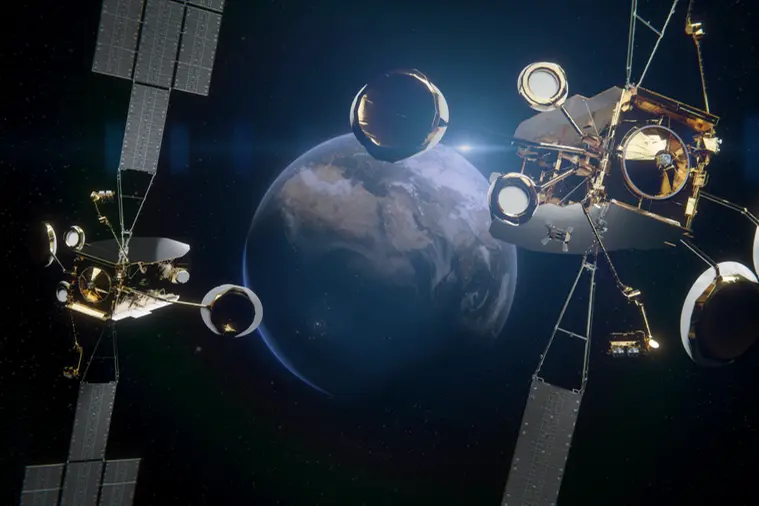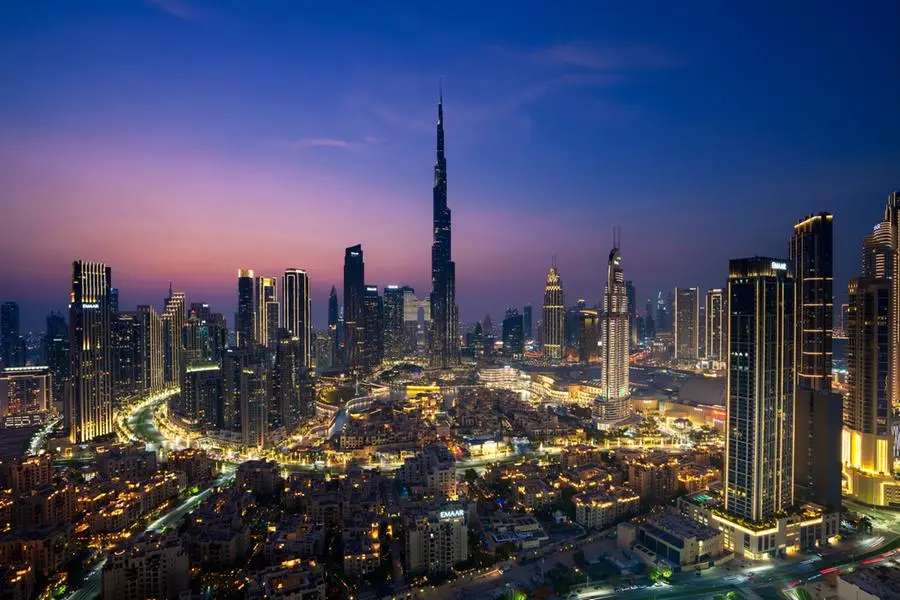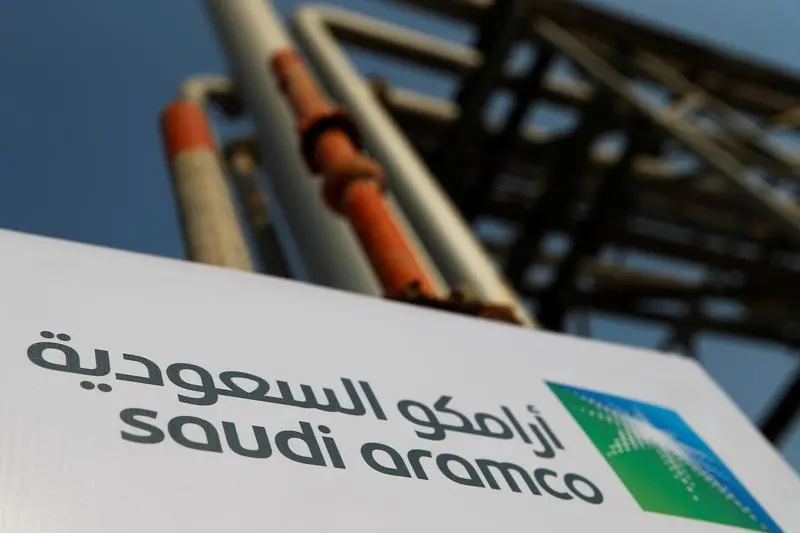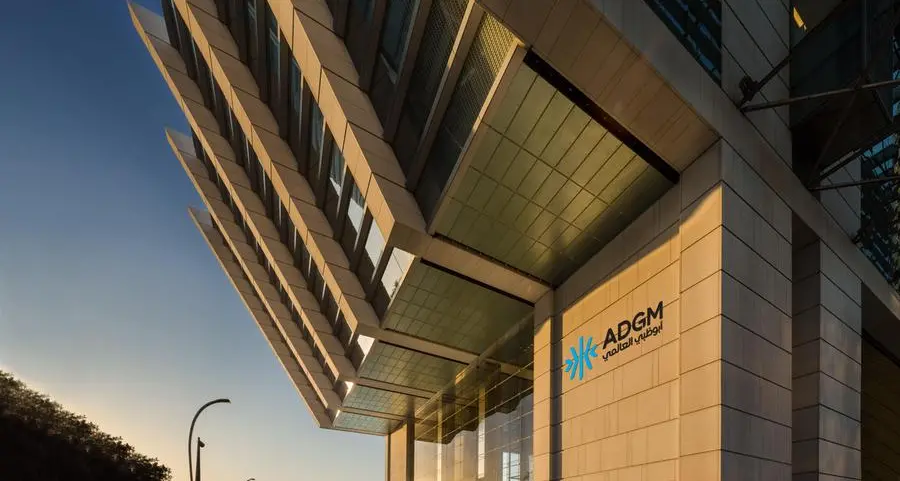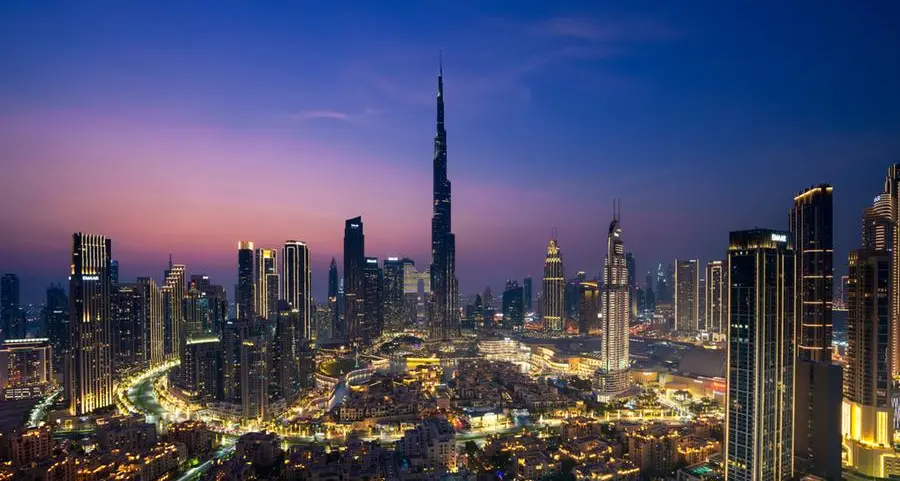Shell Pulls Plug On Libya Exploration, BP Plans Return
Shell has written off up to $400mn by deciding to pull the plug on its Libyan exploration efforts — earlier touted as a flagship project. Meanwhile, BP has lifted force majeure and says it hopes to commence drilling later this year. However security remains an overriding concern, James Cockayne reports
Shell is keen to stress that the decision to “suspend and abandon drilled wells and stop exploration in Libyan licenses LNGDA and Area 89” does not represent a pull-out and that it “continues to view Libya as an important country” and “will maintain a representative office to pursue upstream business opportunities with Libya’s NOC.” But even if Shell’s Libyan upstream exit proves to be temporary, the decision to walk away from what had been a flagship integrated upstream gas and LNG project marks a major reversal for the company, and a setback for the Libyan authorities who have been looking to press foreign firms — especially deep-pocketed majors — to return to exploration.
Shell originally signed an “LNG development agreement” (LNGDA) in May 2005 to upgrade the ailing Marsa al-Brega LNG plant which was running at under 30% of its 3.2mn tons/year nameplate capacity as well as to explore 22,000 sq km of neighboring gas-prone Sirte Basin acreage with a minimum upstream spending commitment of $189mn including 12 wells. (Shell at the time estimated undiscovered Sirte Basin reserves of 30-70 trillion cu ft). Shell and NOC then signed a January 2008 Exploration and Production Sharing Agreement (ESPA) covering two neighboring blocks totaling 1,800 sq km on the Sirte Basin’s Area 89 (Blocks 1 and 3) acquired in December 2007 bidding (ESPA-IV, Round 4). This involved payment of a $103mn signature bonus and an $89mn minimum spending commitment including seismic and six wells.
Shell undertook extensive seismic on the LNGDA acreage and drilled the first of 18 planned exploration wells in March 2008. However the firm ran into technical difficulties, including problems sidetracking due to the depth (19,000ft for the first well) and tightness of the target gas reserves. Only four wells were ever completed on the LNGDA acreage, with none drilled on the Area 89 blocks.
The January 2008 agreement updated the terms of the original May 2005 deal, raising the cost of upgrading the LNG plant to $643mn, all of which would be borne by Shell. An additional 4-5mn t/y greenfield LNG plant at Ras Lanuf was also envisaged if sufficient gas were found. However, the LNG plant upgrade was dependent on Shell finding sufficient gas to fuel the throughput hike (or it being supplied by third parties). A lack of discoveries meant engineering, procurement and construction (EPC) contracts for the LNG plant were never awarded and the plans never got off the ground.
Shell Libya Timeline
Date | Event |
1974 | Col Mu'ammar al-Qadhafi nationalizes oil industry. Shell exits Libya. |
1990-91 | Shell briefly explores in Ghadames Basin but fails to find oil. |
March 2004 | Shell formalizes Libya re-entry plans with heads of agreement for a “long term strategic partnership”. |
May 2005 | Signs LNG Development Agreement (LNGDA) involving rejuvenation of Marsa al-Brega LNG plant and exploration of 22,000 sq km of gas-prone Sirte Basin acreage. |
November 2005 | Commences seismic acquisition (8,000 km of 2D and 3,000 sq km of 3D). |
January 2008 | Adds two neighboring Sirte Basin blocks (Area 89 Blocks 1& 3) totaling 1,800 sq km through ESPA IV, Round 4 bidding. |
March 2008 | Commences drilling on LNGDA acreage. |
February 2011 | Halts drilling and closes Tripoli office due to conflict. |
May 2012 | Announces halt to upstream work but plans to maintain in-country presence and consider future opportunities. |
Pull-Out Timing
Shell says that the reasons for the pull-out are solely commercial: “Despite an extensive seismic and drilling campaign in these licenses, results have been disappointing and further exploration cannot be economically justified,” a spokesperson says. The timing of the pull-out announcement was apparently related to the desire to arrange meetings with NOC representatives in order to discuss the decision directly, with Shell emphatically denying that the current poor security situation in Libya played any part. Shell says that “NOC acknowledged our decision and we have agreed to actively pursue new upstream business opportunities.”
What may have brought the decision to a head is NOC’s ongoing campaign to persuade IOCs to lift force majeure (without financial compensation) and return to exploration (see below). Shell had clearly not already decided to pull out pre-revolution — a fifth well was underway in early 2011 with further drilling planned. Shell says that it spent the intervening months extensively studying its seismic and drilling results and considering its options before arriving at its decision. The Libya move follows disappointing results on Shell’s other major exploration project in the region, the South Rubʹi al-Khali (SRAK) joint venture in Saudi Arabia’s Empty Quarter (MEES, 20 April 2009).
Tough Terms
Shell is the first company to explicitly quit its Libyan upstream acreage since the revolution, although many more foreign companies — such as ExxonMobil, which acquired offshore Areas 20 and 21 in 2007 — are sitting on exploration acreage and showing little sign of action. Even before the February 2011 start of last year’s uprising many of the companies who had secured acreage through Libya’s four ESPA-IV (2005-07) bid rounds had undertaken little if any exploration. Having signed up to some of the toughest conditions worldwide — involving in many cases funding 100% of development costs in return for a production cut of under 10% — many firms have preferred to concentrate exploration expenditure on more profitable opportunities elsewhere. This tendency strengthened after Canadian firm Verenex, which made the biggest discoveries on any of the ESPA-IV blocks (Ghadames basin Area 47, awarded in 2005) was effectively forced to sell its acreage to NOC at a knock-down price in 2009 (MEES, 16 November, 2009).
It is unclear if Shell made any attempt at its pre-pullout meetings with NOC to sweeten its terms (the firm‘s January 2008 ESPA-IV deal for Area 89 potentially gave it 15% of production — companies accepting significantly lower numbers expected oil rather than gas discoveries). With terms in Libya some of the toughest in the world, the bar for what is considered a commercial discovery is far higher than in (say) neighboring Egypt or Tunisia. Libyan officials continue to state that, except in cases of blatant corruption, Qadhafi-era contracts will not be reopened (see page 24).
BP Plans Late-2012 Start To Ghadames Drilling
As Shell heads (at least temporarily) for the exit, BP on 29 May said it was lifting force majeure on its three areas of Libyan exploration acreage, with a company source indicating that it hopes to kick off a drilling campaign on its Ghadames Basin blocks before the end of 2012.
BP’s North Africa President Felipe Posada and Executive Vice-President for Exploration Michael Daly during a 29 May meeting with NOC Chairman Nouri Berruien in Tripoli indicated that the company planned to return to exploration on both its Ghadames Basin and offshore Gulf of Sirte acreage as soon as practicable. The counterparties also discussed broader oil and gas-related cooperation, NOC said. Lifting of force majeure, which had been in place since 21 February 2011, was back-dated to 15 May. BP will have its licenses (both exploration and, potentially, subsequent production licenses) extended for a commensurate period to compensate for the 15-month hiatus.
The company’s Tripoli office is currently in the process of “being reactivated.” Expatriate technical and managerial staff will return “as soon as possible” (dependent on security), although the firm’s Libyan operations will continue to be overseen by the London-based Mr Posada for the time being. Despite the Tripoli offices being closed, around 100 local staff have been kept on throughout the troubles.
BP’s Libyan Acreage

